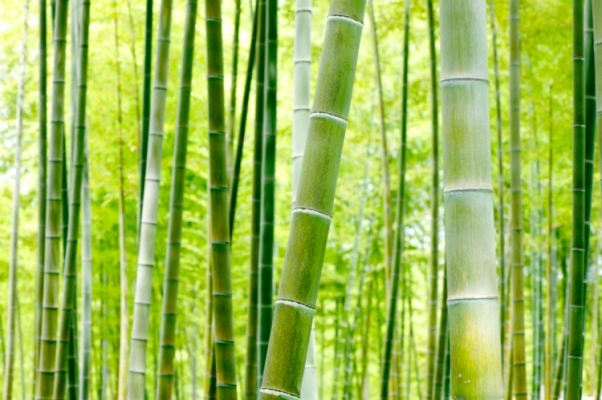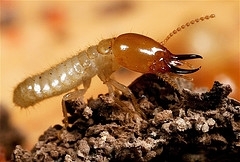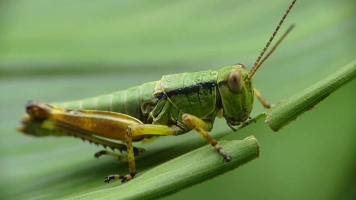Thamnocalamus falconeri: Suitable for planting in sloppy, lime stone area, moist areas, and along the bank of river. The plant attains the height of 3.3-6.5m and diameter of 1.5-2.3cm. It is used for making household material, fan, umbrella etc.
Thamnocalamus spathiflorus: This species grows with evergreen pine forests in the herd. The plant attains the height of 2.5-6.7m and diameter of 1.5-2.3cm. It is mainly used to make various agricultural instruments and Hookah pipes.
Manga bamboo: This variety is popular in Konkan region. It grows straight and achieved height of 15meter. It is solid and without thorn. It is used for making implements, furniture and handicrafts. Start to give yield after five years.
Kalak: It grows upto height of 25-30meter with diameter of 3-10cm.
Mes: Young bamboo’s are in dark green color where as older one gives yellowish appearance. It is suitable for afforestation purpose.
Chiwa: Solid and small size bamboo grows up to height of 3 to 5meter.
Yellow bamboo: Yellow color bamboo with green stripes on it. It is mainly grows for decoration purpose. It is hollow from inside and grows up to six to fifteen meter height.
Giant bamboo: Grows up to height of 25 to 30meter It is hollow from inside.
Chivari: Bamboo grows up to height of 10meter. In appearance it looks like Mez variety.
Other varieties that are cultivated in Maharashtra region are Bhima, Burma, Manvel









